Description
The MAOP series sits at the top of the Markaudio range and is aimed at audiophiles seeking the ultimate in full range speaker drivers. Due to the complex manufacturing and testing processes used to build these drivers, they are produced in small quantities. These drivers are popular in Asia, and hence when they are available, very few find their way this far West.
As the MAOP 11 driver is identical physically to the Alpair 11, Alpair 11MS and Pluvia 11 Markaudio drivers, it can be used as an upgrade in cabinet kits like the Frugel horn XL, and Pensil speakers that are designed with those drivers in mind.
The MAOP (Magnetic Arc Oxidisation Process or Plasma Electrolytic Oxidisation) is done at extremely high temperature in a flux bath that is prone to differential temperatures (hot/cold spots) which can warp the cones. The process is 10 times the cost of normal cone production, at least half are scrapped as it does render cones unusable if they are warped even slightly. The MAOP process involves a chemical conversion where the cone material is converted into its crystalline oxide. The crystal grows both outward into the substrate and outward. As such the new coating is not a deposited coating it is part of the original structure which gives excellent adhesion. The large crystal structure provides excellent stiffness and resistance to damage. The crystalline structure also encapsulates microscopic voids. It is supposed that it is the blend of microscopic voids and stiff structure that lend the cone the audio properties of both the metal cone and the paper cone, accuracy and a listen all day quality.
After construction, each driver is individually measured in the anechoic chamber at the Markaudio factory and pair matched based on that data to within, 0.5% tolerance. Each pair is supplied with individual electrical and acoustic measurements. For example:
FS: 39.6919 Hz
QMS: 1.9226
B×l: 7.6611 T×m
CMS: 1.4162 mm/N
RAT: 77805 WA
h0: 0.42%
VAS: 24.4625 L
QES: 0.3473
dBSPL: 88.4615
MMS: 11.3528 g
RMT: 9.6245 WM
L1kHz: 0.4199 mH
RE: 7.2000 Ω
QTS: 0.2942
SD: 0.0111 m2
RMS: 1.4727 WM
MMD: 10.6889 g
L10kHz: 0.1379 mH
If we show no stock above, please feel free to drop us a line and we will see if there are some pairs available to import.

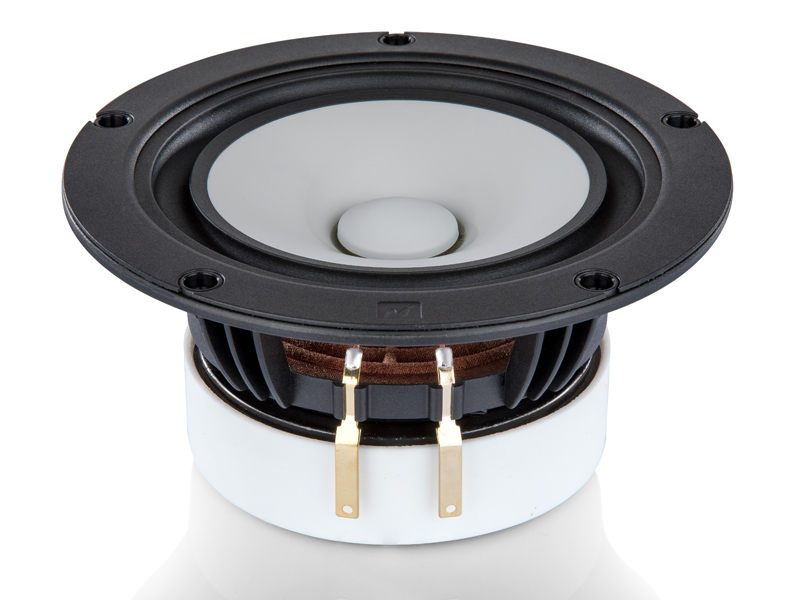
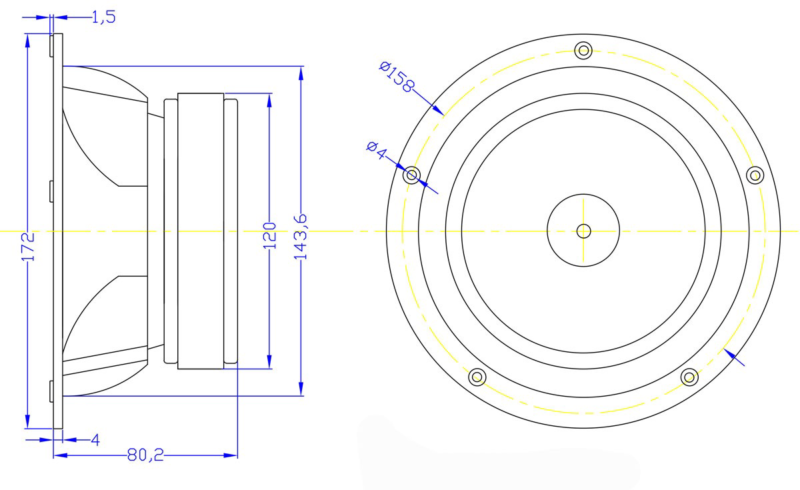
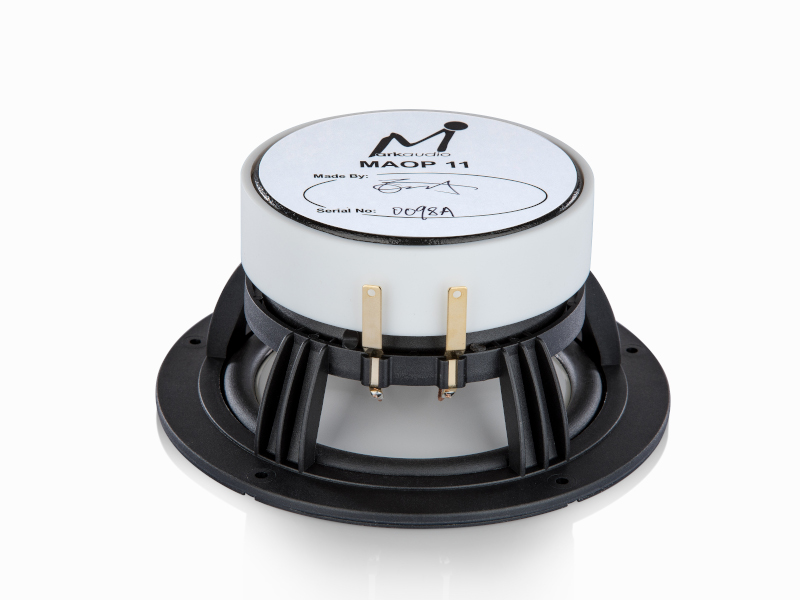

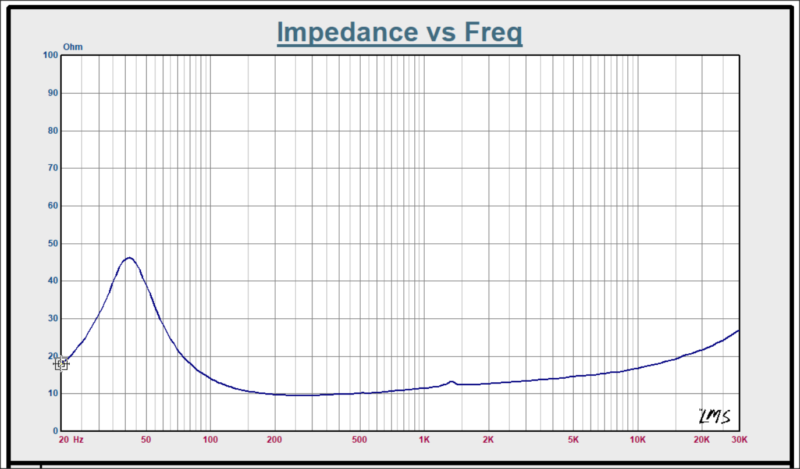


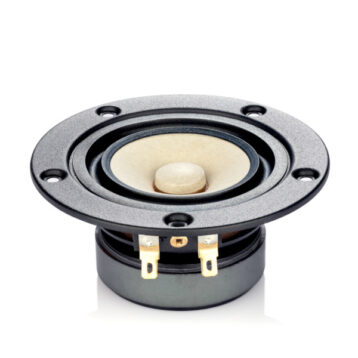
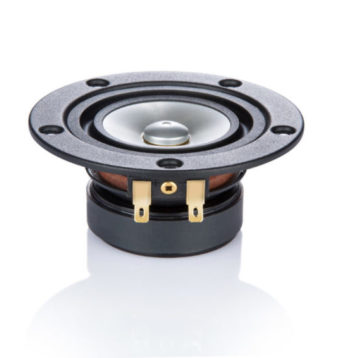
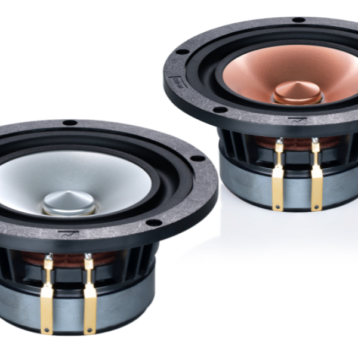

Sean (verified owner) –
I spent 12 hours yesterday listening to every reference song in my library, from drum and bass to hip hop to classical to sludge rock and guitar and the level of detail is astounding– these take whatever you throw at them and crush. Absolutely recommended!
(FWIW: Paired with a Pensil 11 case)
admin –
Many thanks Sean, a pretty resounding review!
Sandy Ogston (verified owner) –
I have an original TDL RTL2 pair bought in 1993 and never used for over decade as headphones sound so much better, but the Sibelius rave reviews got me thinking and it lead me here. Saw these and heard some youtube speakers playing the three different ones and I measured the woofer on the rtl2 and it looked possible so I took a leap of faith. Took me 2hrs to fit with new speaker wire and remove the crossover, 2 weeks burn in and now. Soo good, soo good I had to buy a better amp and now it sounds incredible, reflex transmission on these boxes adds a nice amount of bass. Jazzgroove never sounded as good. I am now considering the frugalhorns but currently these little speakers are in a small space and are way better than I could ever have hoped. More dampening bought from here and on its way as not a lot in these. Lots of secondhand rtl2 for sale on ebay cheap and I have considered an rtl3 with both drivers replaced by these, should go down to 35hz but imaging might suffer? Tweeter I just disconnected and left in.
admin –
Nic when someone takes a chance like thi and it works out so well for them, hopefully others will follow suit.
Sandy Ogston (verified owner) –
A follow up to my original post. I have been using the TDL RTL2 cabinets with the MOAP 11 for a while now and while great I have to tilt them back to get the driver to point at ear level and when the dogs walk by they get in between. So I finally found a seller of the TDL RTL3 speakers and would post them in the original boxes. I pulled out all the rubbish sound deadening it came with, lined it with sound foam stuck to the inside surfaces, as far as I could reach and a small amount of poly stuffing and replace the top driver, after filing out and flaring the port to match using a power file (much quicker). Kept the tweeter and lower bass/midrange driver but disconnected them and removed the crossover and added tube connectors. Soldered on high quality speaker cable.
The lower bass/mid now acts as a passive driver and the lower port produces bass as well. Room bass is more than before but still of high quality, people don’t believe its just the one driver doing all the work. Now the driver is at sitting head height and higher than the dogs walking by. Sound is just as good as before but the larger cabinets, passive driver and lower port have upped the bass to impressive levels yet its still very high quality bass. TFL RTL3 were around £225 delivered. Work took 6 hrs. Well worth the cost and little effort. In my 22x 15 room (not treated) I have to keep the volume down or it sets up standing waves, but thats the rooms fault plus low level at about 65-70 db is fine for me. Fed with raspi , piaes, IIS to Gustard a22 into tube amp, sounds smooth and detailed great imagery and bass to die for. A poor mans Seibalius.